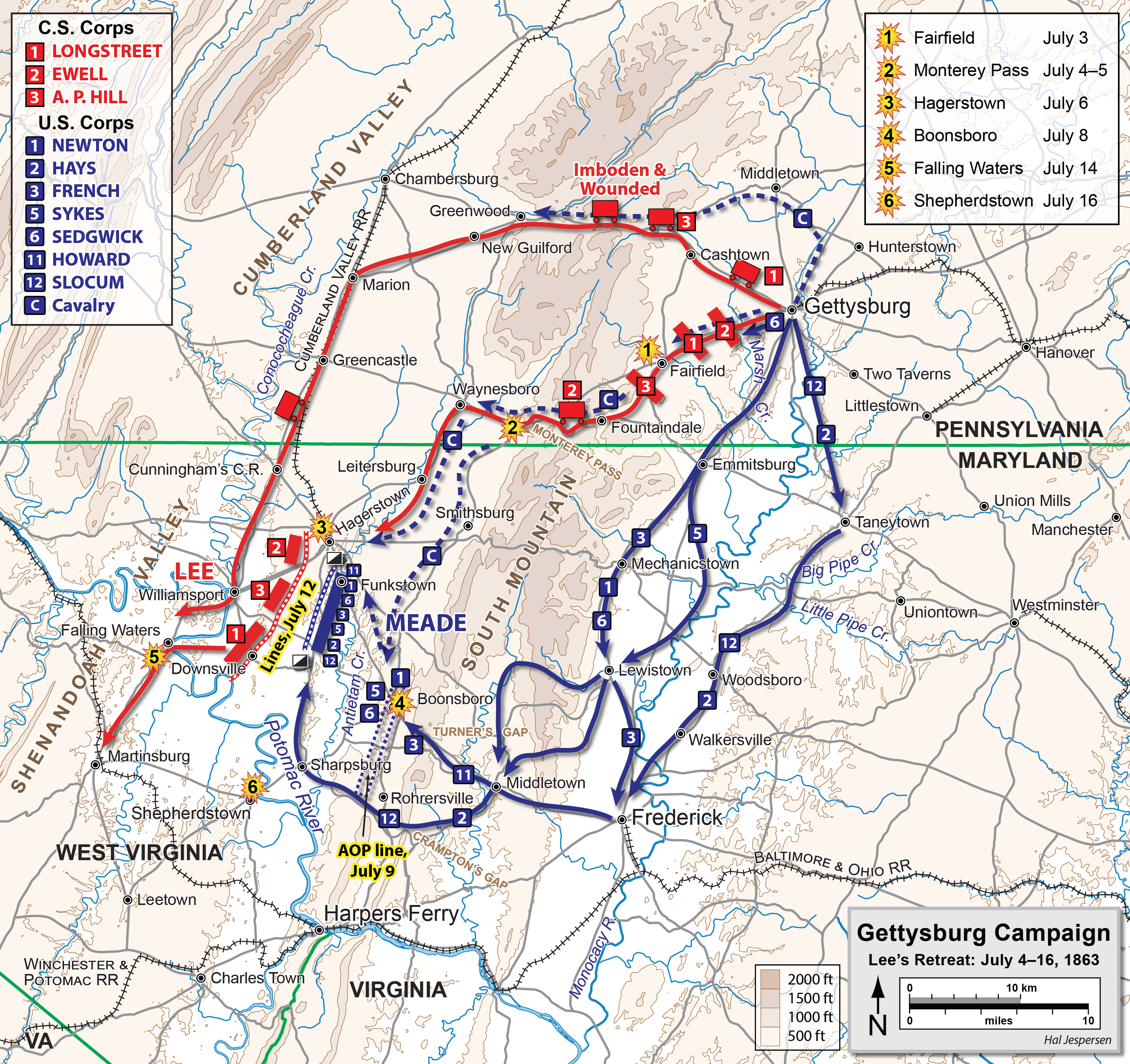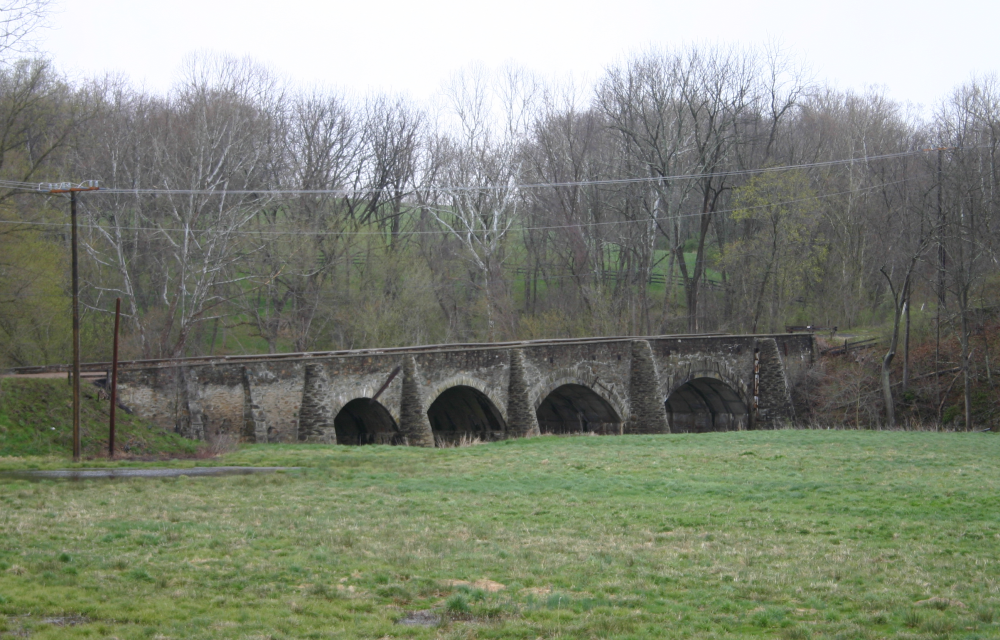|
Myles Keogh
Myles Walter Keogh (25 March 1840 – 25 June 1876) was an Irish people, Irish soldier. He served in the armies of the Papal States during the war for Italian unification in 1860, and was recruited into the Union Army during the American Civil War, serving as a cavalry officer, particularly under Brig. Gen. John Buford during the Gettysburg Campaign and the three-day Battle of Gettysburg. After the war, Keogh remained in the regular United States Army as commander of I Troop of the 7th Cavalry Regiment under George Armstrong Custer during the Indian Wars, until he was killed along with Custer and all five of the companies directly under Custer's command at the Battle of the Little Bighorn in 1876. Career Myles Keogh was born in Orchard House, Leighlinbridge, County Carlow, on 25 March 1840. The farming carried out at Keogh's home place in Leighlinbridge was agronomy, arable, barley being the main crop. This meant that the Keogh family were largely unaffected by the hunger and ... [...More Info...] [...Related Items...] OR: [Wikipedia] [Google] [Baidu] |
Leighlinbridge
Leighlinbridge (; ) is a small town on the River Barrow in County Carlow, Ireland. The N9 National primary route once passed through the village, which was by-passed in the 1980s. It now lies on the R705 regional road. It covers the townlands of Leighlin (east bank of the river) and Ballyknockan (west bank). The village features narrow winding streets, grey limestone malthouses and castle ruins overlooking a 14th-century bridge across the River Barrow. Leighlinbridge has won the National Tidy Towns Competition, has come first in the Barrow Awards, been an overall national winner in Ireland's Green Town 2000, and represented Ireland in the European "Entente Florale" competition in 2001. Places of interest Leighlinbridge Castle, also called Black Castle, was one of Ireland's earliest Norman castles. A 50 ft tall broken castle tower and bawn wall are all that can be seen today. Leighlinbridge meteorite On the night of 28 November 1999, a loud detonation and bright fireba ... [...More Info...] [...Related Items...] OR: [Wikipedia] [Google] [Baidu] |
American Civil War
The American Civil War (April 12, 1861 – May 26, 1865; also known by other names) was a civil war in the United States. It was fought between the Union ("the North") and the Confederacy ("the South"), the latter formed by states that had seceded. The central cause of the war was the dispute over whether slavery would be permitted to expand into the western territories, leading to more slave states, or be prevented from doing so, which was widely believed would place slavery on a course of ultimate extinction. Decades of political controversy over slavery were brought to a head by the victory in the 1860 U.S. presidential election of Abraham Lincoln, who opposed slavery's expansion into the west. An initial seven southern slave states responded to Lincoln's victory by seceding from the United States and, in 1861, forming the Confederacy. The Confederacy seized U.S. forts and other federal assets within their borders. Led by Confederate President Jefferson Davis, ... [...More Info...] [...Related Items...] OR: [Wikipedia] [Google] [Baidu] |
Battle Of Dallas
The Battle of Dallas (May 28, 1864) was an engagement during the Atlanta Campaign in the American Civil War. The Union army of William Tecumseh Sherman and the Confederate army led by Joseph E. Johnston fought a series of battles between May 25 and June 3 along a front stretching northeast from Dallas toward Acworth, Georgia. At Dallas a probe launched by William B. Bate's and William Hicks Jackson's Confederate divisions accidentally turned into a full-scale assault against the defenses of John A. Logan's XV Corps. The attack was driven off with heavy Confederate losses. The previous Union defeats at New Hope Church and the Pickett's Mill are sometimes considered with Dallas as part of one battle. On May 23, Sherman moved away from his railroad supply line when he launched a wide sweep that aimed to turn Johnston's left flank. Johnston adroitly shifted his army toward Dallas to block Sherman's maneuver. The result was ten days of close fighting that resulted in more Union th ... [...More Info...] [...Related Items...] OR: [Wikipedia] [Google] [Baidu] |
Battle Of Williamsport
The Battle of Williamsport, also known as the Battle of Hagerstown or Falling Waters, took place from July 6 to July 16, 1863, in Washington County, Maryland, as part of the Gettysburg Campaign of the American Civil War. It is not to be confused with the fighting at Hoke's Run which was also known as the Battle of Falling Waters. During the night of July 4–July 5, Gen. Robert E. Lee's battered Confederate army began its retreat from Gettysburg, moving southwest on the Fairfield Road toward Hagerstown and Williamsport, screened by Maj. Gen. J.E.B. Stuart's cavalry. The Union infantry followed cautiously the next day, converging on Middletown, Maryland. By July 7, Brig. Gen. John D. Imboden stopped Brig. Gen. John Buford's Union cavalry from occupying Williamsport and destroying Confederate trains. On July 6, Brig. Gen. Judson Kilpatrick's cavalry division drove two Confederate cavalry brigades through Hagerstown before being forced to retire by the arrival of the rest of St ... [...More Info...] [...Related Items...] OR: [Wikipedia] [Google] [Baidu] |
Battle Of Funkstown
The Second Battle of Funkstown (more commonly simply referred to as the Battle of Funkstown) took place near Funkstown, Maryland, on July 10, 1863, during the Gettysburg Campaign of the American Civil War. Union forces of the Army of the Potomac attacked the rear guard of the Confederate Army of Northern Virginia during its retreat from Pennsylvania following the Battle of Gettysburg. A strong Confederate presence at Funkstown threatened any Union advance against Gen. Robert E. Lee’s position near Williamsport and the Potomac River as he retreated to Virginia after the Battle of Gettysburg. Maj. Gen. J.E.B. Stuart’s cavalry, posted at Funkstown, posed a serious risk to the Federal right and rear if the Union army lunged west from Boonsboro. Stuart, meanwhile, determined to wage a spirited defense to ensure Lee time to complete fortifications protecting his army and his avenue of retreat. As Brig. Gen. John Buford’s Federal cavalry division cautiously approached Funks ... [...More Info...] [...Related Items...] OR: [Wikipedia] [Google] [Baidu] |
Battle Of Gettysburg
The Battle of Gettysburg () was fought July 1–3, 1863, in and around the town of Gettysburg, Pennsylvania, by Union and Confederate forces during the American Civil War. In the battle, Union Major General George Meade's Army of the Potomac defeated attacks by Confederate General Robert E. Lee's Army of Northern Virginia, halting Lee's invasion of the North. The battle involved the largest number of casualties of the entire war and is often described as the war's turning point due to the Union's decisive victory and concurrence with the Siege of Vicksburg.Rawley, p. 147; Sauers, p. 827; Gallagher, ''Lee and His Army'', p. 83; McPherson, p. 665; Eicher, p. 550. Gallagher and McPherson cite the combination of Gettysburg and Vicksburg as the turning point. Eicher uses the arguably related expression, " High-water mark of the Confederacy". After his success at Chancellorsville in Virginia in May 1863, Lee led his army through the Shenandoah Valley to begin his second ... [...More Info...] [...Related Items...] OR: [Wikipedia] [Google] [Baidu] |
Battle Of Upperville
The Battle of Upperville took place in Loudoun County, Virginia on June 21, 1863 during the Gettysburg Campaign of the American Civil War. Background The Union cavalry made a determined effort to pierce Confederate Maj. Gen. J.E.B. Stuart's cavalry screen. Stuart had been fighting a series of delaying actions in the Loudoun Valley, hoping to keep Union General Alfred Pleasonton's cavalry from discovering the location of the main body of Robert E. Lee's Army of Northern Virginia, much of which was in the Shenandoah Valley just west of the small village of Upperville. Stuart had slowed the Federals in fighting at Aldie and Middleburg, using ravines, creeks, and stonewalls to his advantage as he slowly withdrew westward. He made another determined stand near Upperville and succeeded in preventing the Federal cavalry from entering the Shenandoah Valley. Goose Creek Following the fighting at Middleburg on June 19, a heavy rainstorm during the night had soaked the Loudoun Valley ... [...More Info...] [...Related Items...] OR: [Wikipedia] [Google] [Baidu] |
Battle Of Brandy Station
The Battle of Brandy Station, also called the Battle of Fleetwood Hill, was the largest predominantly cavalry engagement of the American Civil War, as well as the largest ever to take place on American soil. It was fought on June 9, 1863, around Brandy Station, Virginia, at the beginning of the Gettysburg Campaign by the Union cavalry under Maj. Gen. Alfred Pleasonton against Maj. Gen. J.E.B. Stuart's Confederate cavalry. Union commander Pleasonton launched a surprise dawn attack on Stuart's cavalry at Brandy Station. After an all-day fight in which fortunes changed repeatedly, the Federals retired without discovering Gen. Robert E. Lee's infantry camped near Culpeper. This battle marked the end of the Confederate cavalry's dominance in the East. From this point in the war, the Federal cavalry gained strength and confidence. Background The Confederate Army of Northern Virginia streamed into Culpeper County, Virginia, after its victory at Chancellorsville in May 1863. Under ... [...More Info...] [...Related Items...] OR: [Wikipedia] [Google] [Baidu] |





